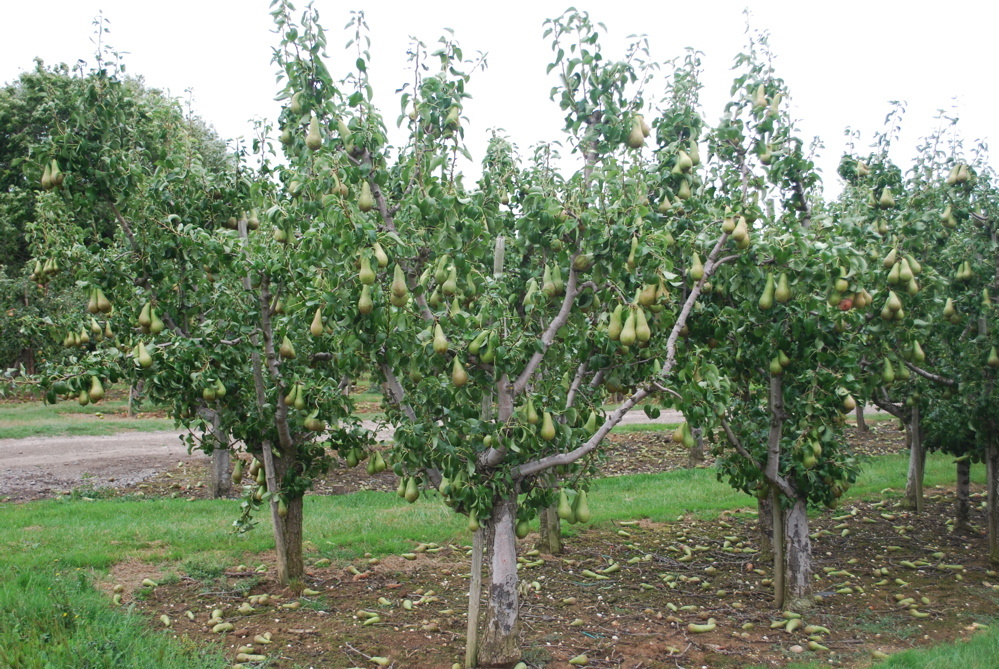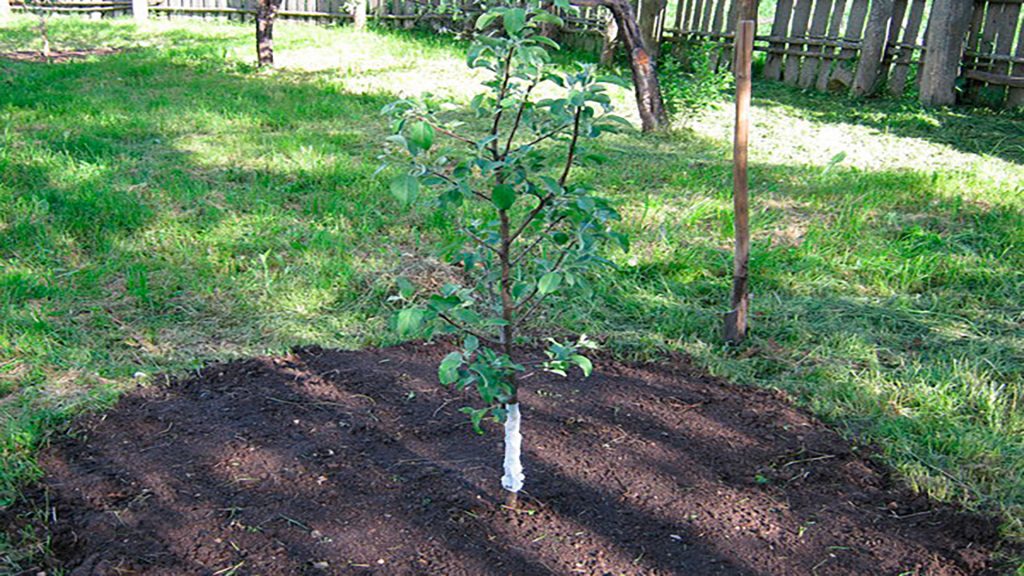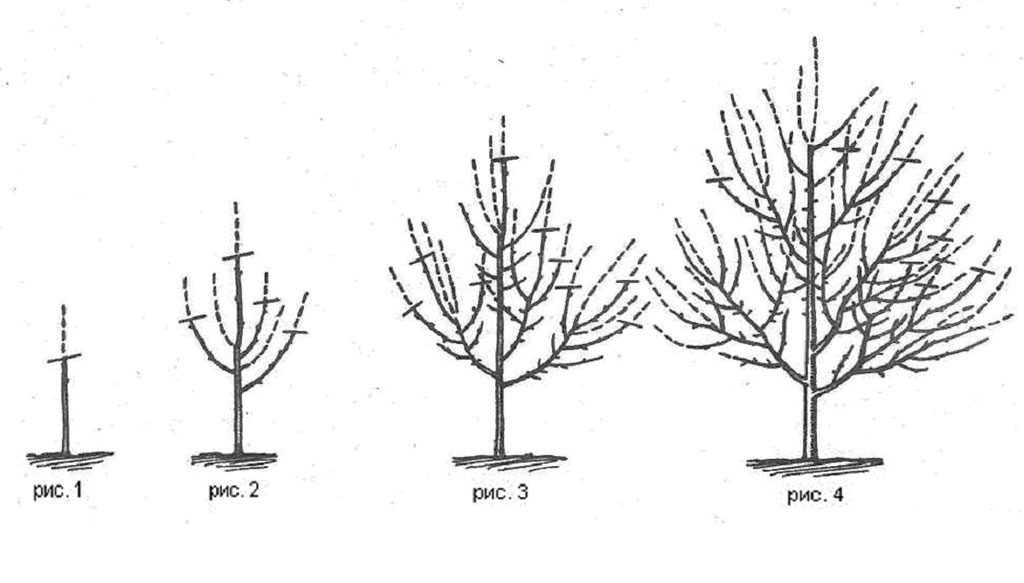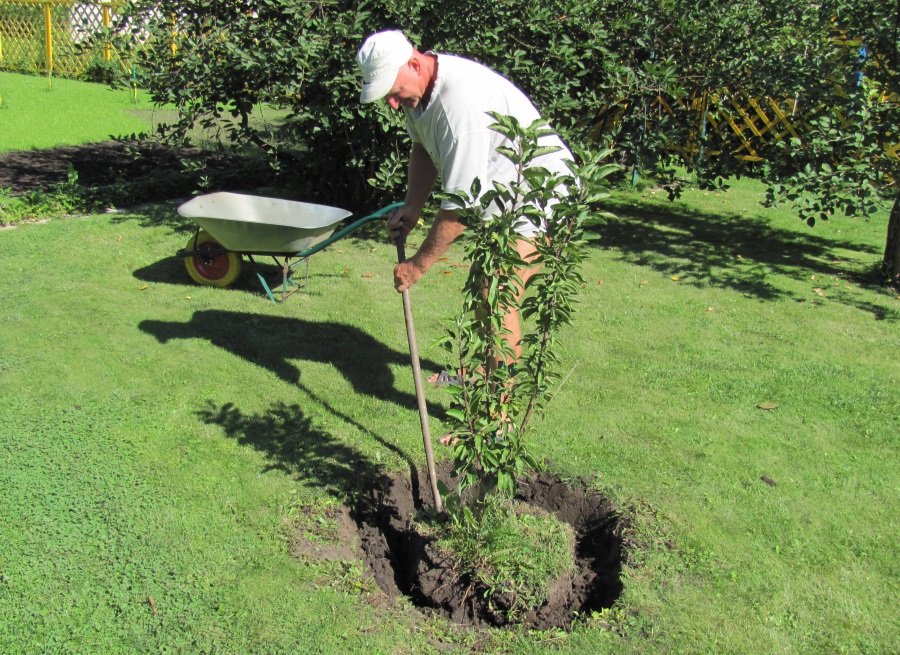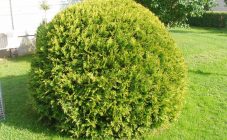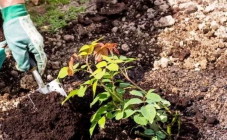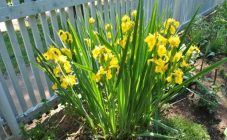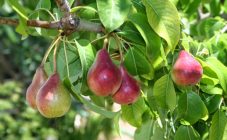Content:
The pear has long been given a place of honor in the gardens and in the adjoining territories. It is appreciated for its unpretentiousness, frost resistance, tasty and aromatic fruits. Sometimes a situation arises when the pear needs to be transplanted to another place. How to do it correctly is described below.
Characteristics of culture
All modern varieties are bred from the common pear (forest), which can grow up to 25 m in height. If an apple tree can produce an unstable harvest, then a pear gives a bountiful harvest every year. But this, of course, is the prerogative of new varieties, adapted to local growing conditions.
Most popular varieties:
- from the early - Thumbelina, Lada, Vidnaya;
- medium - Chizhovskaya, Botanicheskaya, Veles;
- late - Bere winter Michurina, Belorusskaya late.
Many varieties are able to regulate fruiting themselves: in the current year, some branches produce crops, others rest; the opposite will be true next season. Due to this property, there is no frequency of fruiting.
How to transplant a pear to another place
The seat is chosen carefully: if it is transferred to an incorrectly selected area, the pear may not withstand and die.
Seat selection
The area where the pear will grow must be protected from cold winds, with fertile land, low groundwater (up to 1.5 m). If the nearby trees shade it, it tends upward, while the laying of fruit buds suffers.
Best age for transplant
The younger the seedling, the easier it will tolerate a transplant. It is believed that 1 - 3 year old plants tolerate this procedure least painfully. Slightly harder, but pears under 10 years old can still adapt. Older plants have a bulky root system and are more likely to be damaged.
If there is a need to transplant only a recently planted tree, it must first be allowed to grow a little stronger. Otherwise, if the weakened plant does not die, then its immunity will decrease, it will take a long time for it to recover.
When a pear is transplanted to a new place
It is advisable to plant young pear trees in spring. The period is chosen after the snow melts, before sap flow and budding.
In autumn, the pear is transplanted in late October or early November. This is the best time to adapt the green space to new conditions and prepare for the cold.
Landing is allowed even in winter, but on condition that there is no big frost. At too low temperatures, the roots may freeze.
Landing pit
How deep to plant a pear tree depends on many factors: soil fertility, type of rootstock, groundwater level. If the soil is sufficiently cultivated, then the hole is dug out of such a size that the root system of the tree fits freely into it.On sandy loam or loamy soils, a pit is pulled out to 1 m deep and 2 m in diameter.
The pit is prepared 30 days before the pear is planted. It is done as follows:
- a ditch is dug about 70 cm deep, about 90 cm in diameter;
- the bottom is loosened;
- if the soil is clay, drainage pours out to the bottom of the pit: expanded clay, broken brick;
- fertilizer is poured on top: 2 buckets of compost mixed with 1 glass of superphosphate; it will not be superfluous to add wood ash;
- alkalize the earth: dissolve 2 cups of fluffy lime in 1 bucket of water and pour the solution into the pit.
Planting a tree
If a pear is planted in open ground when some time has passed after digging, then it must be lowered for a while in a container with water to replenish moisture.
The process of transplanting a pear tree step by step:
- A pear is dug from its former habitat, a clod of earth is not shaken off.
- Too long roots are cut and sprinkled with activated charcoal or charcoal.
- In the center of the prepared hole, an earthen mound is formed, over which the roots are distributed.
- The soil for the pear is poured up to the root collar.
- The tree is watered to eliminate voids between roots.
The next year, the pear is fed with nitrogen fertilizers, which are applied to the trunk circles. For the fourth summer and subsequent years, mineral fertilization is given. Organics are used once every 3-4 years.
Seedling care
In order for the tree to take root as quickly as possible in a new place, it needs careful care. Before planting a pear in the spring, the process of thinning the crown will be correct. The strength of the plant will not be spent on growing leaves, but will go to strengthen the root system.
When transplanting an adult plant, pruning is also performed, even more global. Old, dry, damaged branches, as well as those that contribute to excessive thickening, are cut off. With proper pruning, the tree will not waste energy on unnecessary branches, and will quickly enter the growth and fruiting phase.
This culture is demanding on water, especially if it is grafted on a quince stock or Ussuri pear seedlings. In these plants, the root system is located close to the surface.
The bark of a pear is subject to sunburn, therefore, at the end of winter, the tree trunk must be protected with whitewash, cover with non-woven material. To prevent the bark from cracking, it is furrowed in early spring.
In the spring, trees must be sprayed with approved pesticides to prevent and control various pests. First, in the period of bud swelling, then in the bud formation phase. Every autumn trees are cleared of dead bark and mosses. It is impossible to transplant a pear when it is infected with diseases and pests.
Possible consequences of an incorrect transplant
If transplanted incorrectly, seedlings may grow poorly or dry out altogether. Let's take a look at some of the reasons why this might happen.
- Excessive deepening or bulging of the root collar. The tree must be planted taking into account that after watering the land will settle down a little.
- Incorrect pit preparation. It should be such that the seedling fits freely in it. At high acidity, the soil is flavored with lime, ash, dolomite flour.
- Improper watering. The hose with water must be placed not near the trunk, but in the root circle. In the summer, watering is done frequently.
- Wrong landing site. When a pear is planted in the same place where another tree grew earlier, the seedling may die. All plants leave root exudates containing diseases that have killed the predecessor.
- Excessive root pruning. The central root cannot be trimmed, the lateral roots are only slightly trimmed. Only rotten, torn, damaged ones are removed.
Transplanting a pear to a new place in spring or autumn will not be difficult. Competent care will allow gardeners to enjoy the fruits of this tree for a long time.
